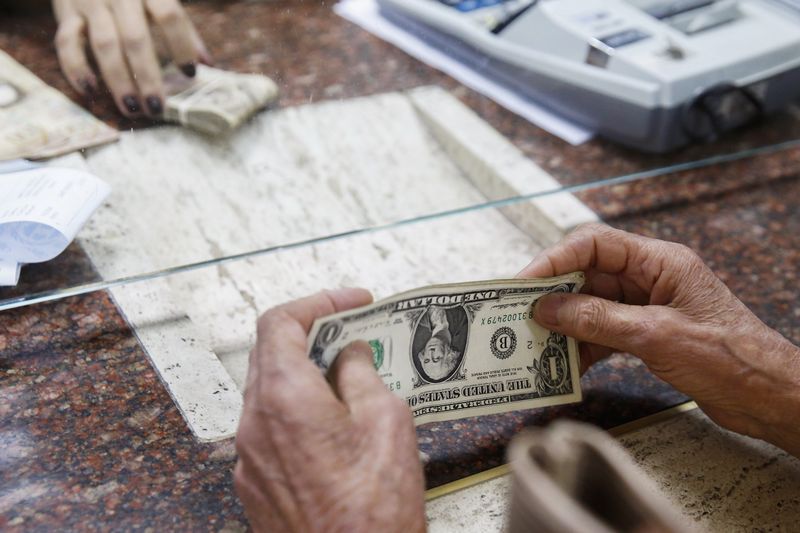By Peter Nurse
Investing.com - The dollar edged lower Tuesday, with traders seeking out riskier currencies on early signs that the symptoms associated with the Omicron Covid variant are mild, while a Chinese rate cut added to market optimism.
At 2:50 AM ET (0750 GMT), the Dollar Index, which tracks the greenback against a basket of six other currencies, fell 0.1% to 96.215, falling back further from November's 16-month peak of 96.938.
GBP/USD traded 0.1% higher to 1.3281, USD/JPY rose 0.2% to 113.72, adding to Monday's 0.6% gain, its largest in two weeks, while EUR/USD rose 0.1% to 1.1293.
The risk-sensitive AUD/USD rose 0.6% to 0.7091, extending gains from Monday when it enjoyed its best percentage gain in seven weeks, after the Reserve Bank of Australia left rates at a record low but said the omicron variant was not expected to derail the economy's recovery.
Additionally, USD/CNY fell 0.1% to 6.3688 after the People’s Bank of China announced plans to cut banks' reserve requirements by 50 basis points next week, for the second time in 2021.
This will enable Chinese banks to release CNY1.2 trillion ($188 billion) of liquidity into the economy, helping ease the pressure on a number of property companies as well as supporting growth in the world’s second largest economy.
Supporting the general mood of risk taking were early indications from South Africa, where the Omicron variant was first discovered, as well as the U.S. that those infected suffer relatively minor symptoms compared with previous virus waves.
However, the dollar retains underlying strength, especially against the euro, with the Federal Reserve expected to start tightening monetary policy long before its European counterpart.
Fed funds futures are still pricing in more than two full U.S. rate increases next year, beginning in May, a view that is likely to be cemented later this week, with Friday’s consumer price report expected to show another sharp rise in the annual inflation rate in November.
“We have just seen a terrible German factory goods orders number for October and one suspects the only help that the euro can get before year-end is if the ECB turns less dovish,” said analysts at ING, in a note.
However, it’s difficult to see that chance coming as ECB President Christine Lagarde has consistently taken the view that surging consumer prices will be temporary, and thus the European Central Bank should stick with its ultra-supportive stance.
